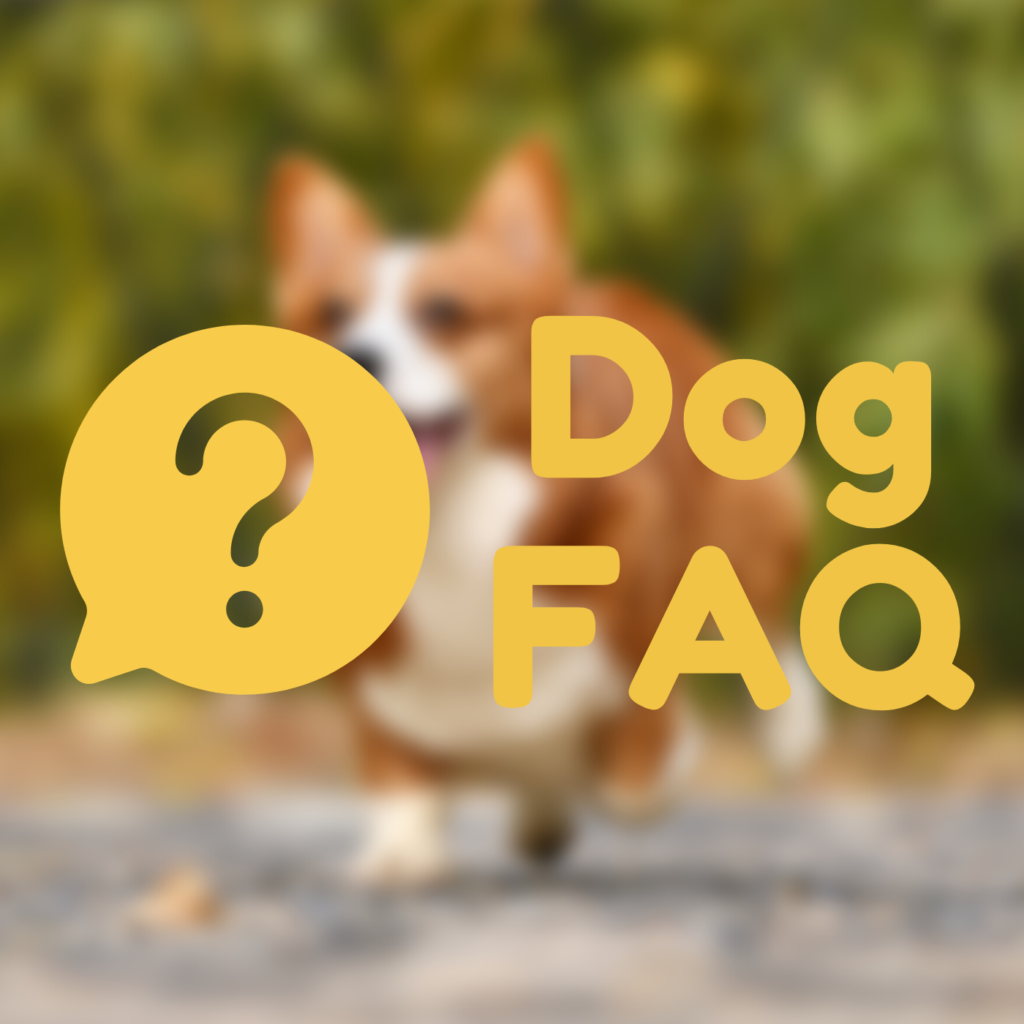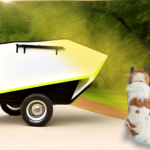Pawsitive Dogs FAQ: 20 Common Questions for Dog Breed Owners
Introduction
Welcome to SnoutGuide’s Dogs FAQ! Here, you’ll find answers to all of your burning questions about man’s best friend. Whether you’re a first-time dog owner or a seasoned pro, our comprehensive FAQ covers a wide range of topics, from health and nutrition to training and behavior. Get ready to dive into the world of dogs and learn everything you need to know about these amazing animals. Start your journey now!
1. What is the best breed for a first-time dog owner?
Breeds like Labrador Retriever, Golden Retriever, and Beagle are great for first-time dog owners.
2. How often should I groom my dog?
The frequency of grooming depends on the breed of the dog, but in general, most dogs should be groomed at least once a week.
3. What is the best way to train my dog?
Positive reinforcement training is the best way to train a dog. This involves rewarding good behavior instead of punishing bad behavior.
4. How much exercise does my dog need?
The amount of exercise your dog needs depends on the breed, age, and overall health of your dog. However, most dogs need at least 30 minutes of exercise every day.
5. How can I prevent my dog from getting fleas?
Regularly using flea prevention products and keeping your home and yard clean and free of debris can help prevent fleas.
6. How often should I take my dog to the vet?
Dogs should have a routine check-up with their vet at least once a year. However, senior dogs or dogs with medical issues may need to visit the vet more frequently.
7. How can I stop my dog from barking excessively?
Training and positive reinforcement can help stop excessive barking, but it’s important to first determine the root cause of the barking.
8. How can I help my dog adjust to a new home?
Giving your dog time to adjust, introducing them to new surroundings gradually, and maintaining a regular routine can all help your dog adjust to a new home.
9. What are the best foods to feed my dog?
A well-balanced, high-quality dog food that is appropriate for your dog’s breed, age, and health is the best choice.
10. What are the best treats for my dog?
Treats that are low in calories and made with high-quality ingredients are the best choice for dogs.
11. How can I keep my dog from jumping on people?
Consistent training, positive reinforcement, and providing your dog with an alternative behavior to replace jumping can help stop this behavior.
12. How can I keep my dog from chewing on things they shouldn’t?
Providing your dog with plenty of toys and chews, supervising them when they are not in their crate, and positive reinforcement can help stop this behavior.
13. How can I teach my dog to come when called?
Consistent training, positive reinforcement, and practicing in a safe and secure environment can help your dog learn to come when called.
14. How can I prevent my dog from getting separation anxiety?
Gradually acclimating your dog to being alone, keeping a consistent routine, and providing plenty of mental and physical stimulation can help prevent separation anxiety.
15. How can I help my dog with anxiety during thunderstorms or fireworks?
Providing a safe and comfortable space for your dog, playing calming music or white noise, and using products like anxiety vests or calming supplements can help reduce anxiety during thunderstorms or fireworks.
16. What are the best toys for my dog?
Toys that are durable, safe, and appropriate for your dog’s size and play style are the best choice.
17. How can I socialize my dog?
Exposing your dog to new people, places, and other dogs in a positive and controlled environment can help socialize your dog.
18. How can I prevent my dog from digging in the yard?
Providing your dog with plenty of exercise and mental stimulation, creating designated digging areas, and supervising your dog when they are outside can help prevent them from digging in the yard.
19. How can I tell if my dog is in pain?
Signs of pain in dogs include changes in behavior, loss of appetite, limping or reluctance to move, and vocalizing when touched.
20. What should I do if my dog is lost?
Contacting local animal shelters, posting flyers, and using social media to spread the word can help increase the chances of finding a lost dog. It’s also a good idea to make sure your dog has identification tags and is microchipped to make it easier to reunite if lost.
Wanna learn about some pawsome Dog Breeds?
- Cats Corner: Introducing a New Era on snoutguide.comWelcome to the Cats Corner: Your Feline Haven for Cat Breeds, Tips, Training, Fun, and More! If… Read more: Cats Corner: Introducing a New Era on snoutguide.com
- XoloitzcuintleIntroduction Dogs are often referred to as man’s best friend, and the Xoloitzcuintle dog is no exception.… Read more: Xoloitzcuintle
- Chow ChowIntroduction Welcome, dear readers, to our blog post dedicated to the fascinating world of the Chow Chow!… Read more: Chow Chow
- Bike Camping with Your Dog: Is it a Good Idea? | Exploring Pros & ConsIntroduction Bicycle camping, or bikepacking, is an adventurous and eco-friendly way to explore the great outdoors! Adding… Read more: Bike Camping with Your Dog: Is it a Good Idea? | Exploring Pros & Cons
- Leash Up and Let’s Go: Fun and Easy Ways to Train Your Dog to Walk Nicely on a LeashIntroduction Walking your dog is an essential part of owning a dog, as it provides them with… Read more: Leash Up and Let’s Go: Fun and Easy Ways to Train Your Dog to Walk Nicely on a Leash






